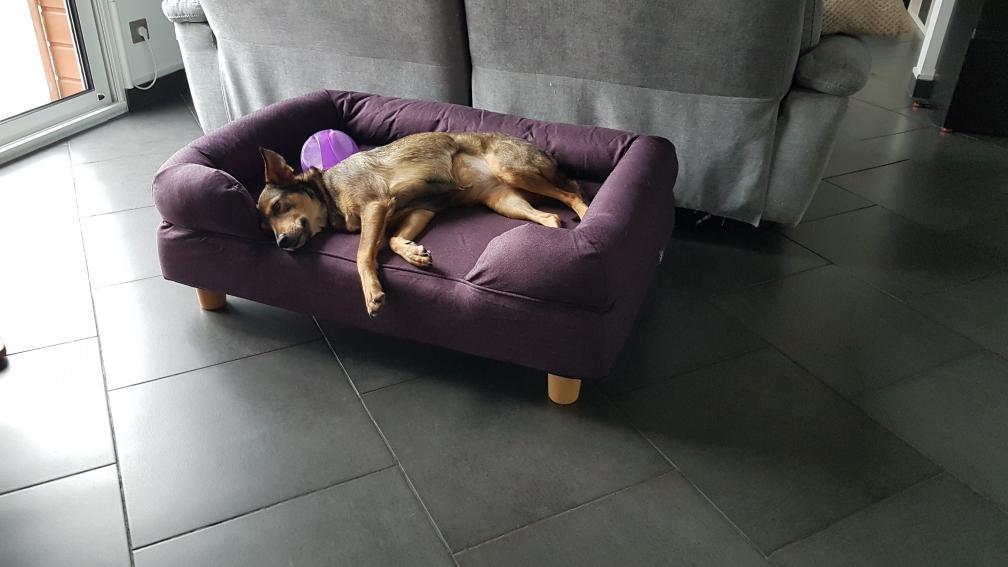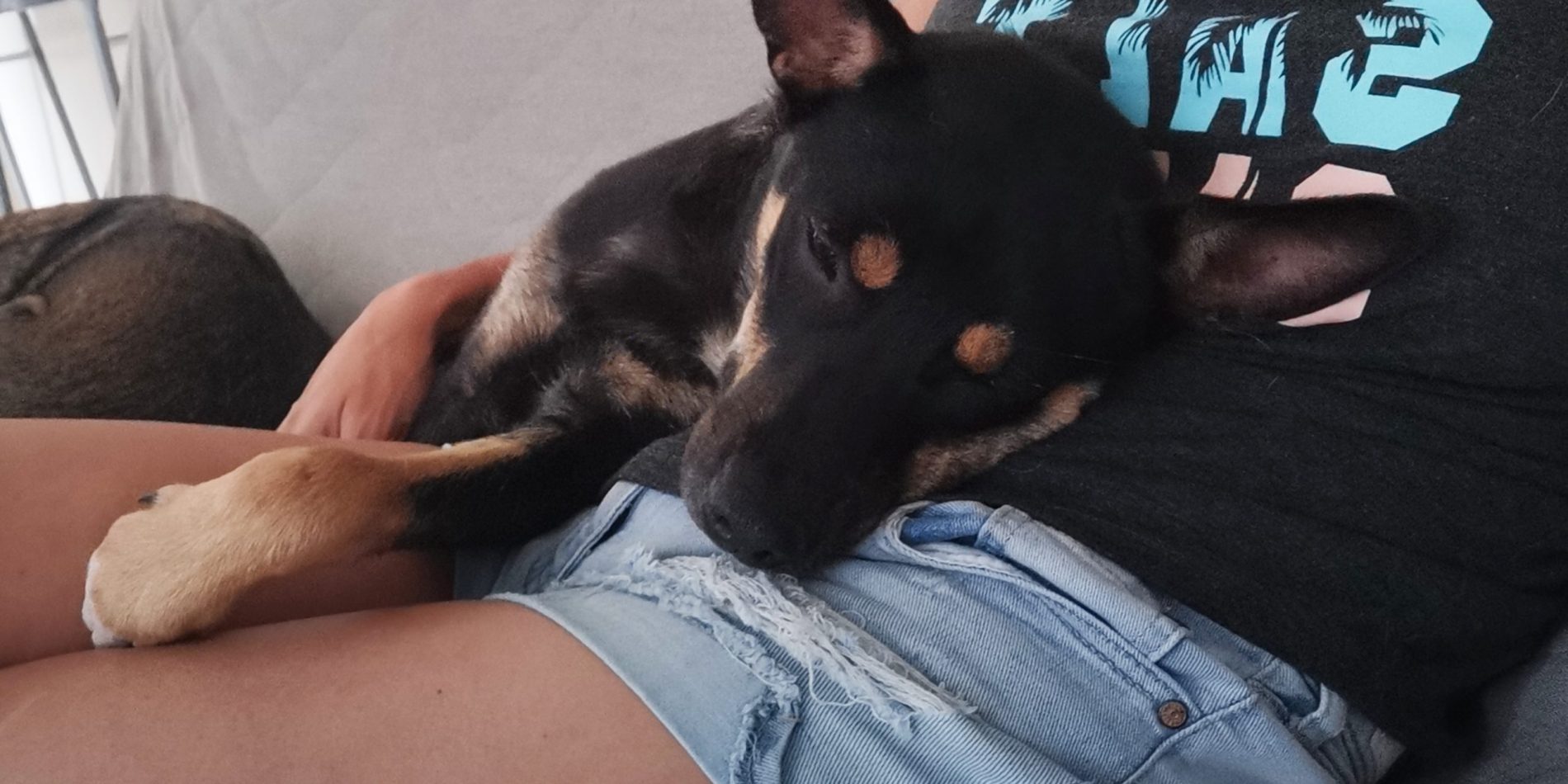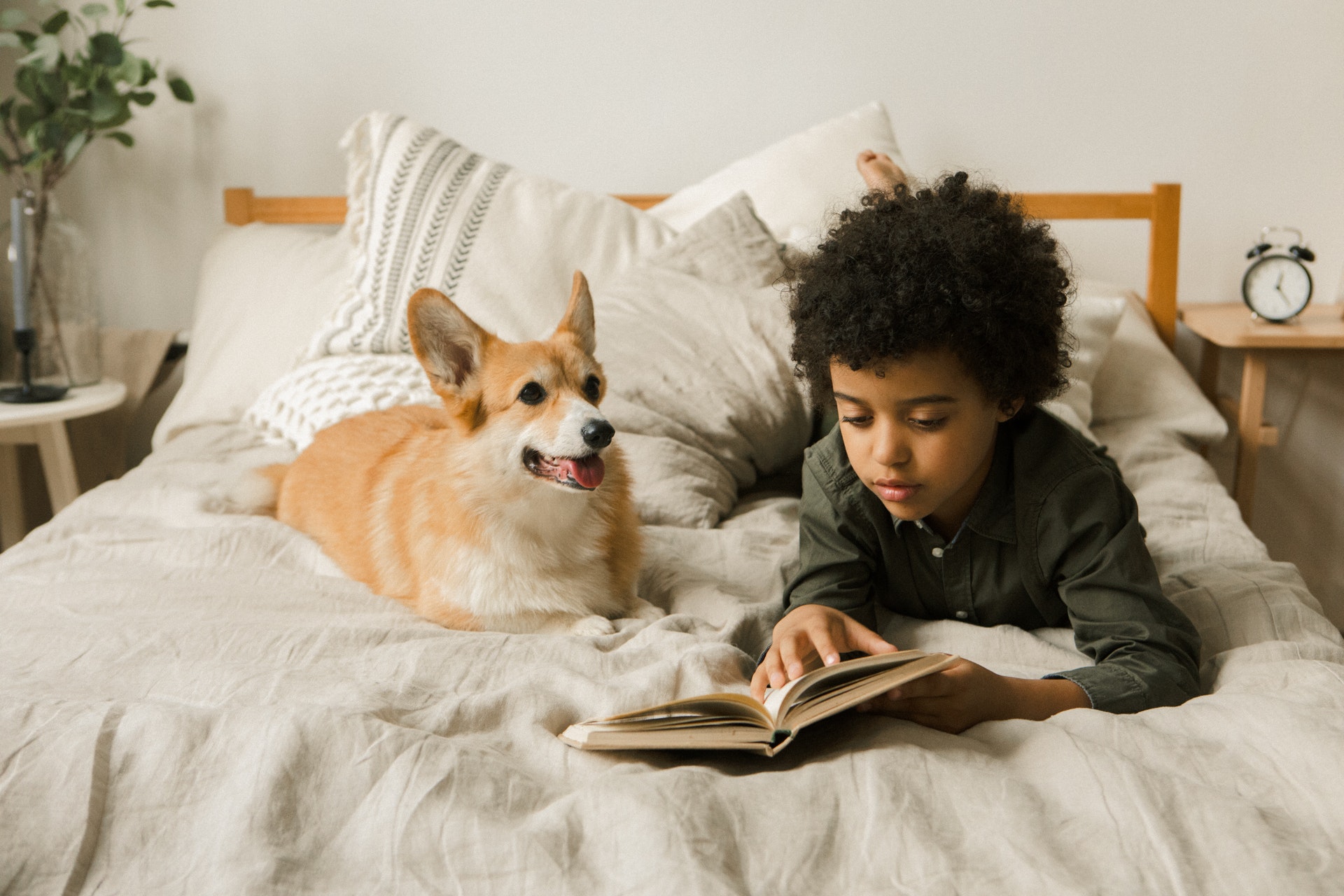In the world of animal rescue, finding the perfect home for a pet is a vital part of the process. Pet adoption is not just about connecting an animal to a new family; it’s about ensuring that both the pet and the adopter are a great match for each other. One of the best tools to help streamline this process is a well-designed pet adoption application. Whether you’re an animal rescue organization, shelter, or a foster network, a solid adoption application can help you gather important information to make informed decisions and ultimately find the best homes for your animals.

Why Pet Adoption Applications Are Important
Adopting a pet is a big responsibility, not just for the new owner but for the animal as well. It’s essential to ensure that the environment and lifestyle of the adopter align with the needs of the pet. An adoption application allows you to assess whether potential adopters are prepared for the commitment and able to provide a safe, healthy, and loving home for their new pet.
By using a pet adoption application, you’re able to:
- Screen potential adopters: Ensure that applicants are a good fit for the pet’s temperament, size, and energy level.
- Prevent impulse adoptions: The application process encourages adopters to think carefully about their decision, ensuring it’s not made on a whim.
- Collect essential information: An adoption application gathers vital details like the adopter’s living situation, experience with pets, and how they plan to care for the animal.
- Match pets with the right families: The application helps match pets with adopters who can meet their specific needs—whether it’s an active dog that needs a large yard, or a calm cat that thrives in a quieter home.
Key Elements of a Pet Adoption Application
Creating an effective pet adoption application involves asking the right questions to gather all the necessary information. Here’s a breakdown of the key elements you should include in your adoption application:
1. Personal Information
Start by gathering basic information about the applicant to ensure you know who you’re working with. This section should include:
- Full name
- Address (including city, state, and zip code)
- Phone number and email address
- Emergency contact information
2. Household Information
You’ll want to know about the adopter’s living situation to ensure that the pet will have the appropriate environment:
- Type of home (house, apartment, etc.)
- Do they rent or own? (If renting, do they have permission from the landlord?)
- Number of people living in the household
- Are there children or other pets in the household? (This is important for compatibility, especially if the pet has specific behavioral needs or doesn’t get along with other animals.)
3. Experience with Pets
Understanding the adopter’s experience with animals helps you gauge their readiness for the pet they’re interested in adopting:
- Have they owned pets before? If so, what kinds of animals?
- Are they familiar with the breed or type of animal they are adopting?
- Do they have any experience with special-needs pets or training animals?
- What is their general knowledge about pet care?
4. Pet Care Plan
This section is crucial for understanding how the adopter plans to care for the pet:
- How many hours a day will the pet be left alone?
- Will the pet be kept indoors or outdoors? (Make sure they understand the pet’s needs.)
- What is the adopter’s plan for exercise, grooming, and training?
- Are they prepared for any potential medical costs associated with the pet’s care?
5. References and Veterinarian Information
It’s important to ensure that the adopter has the proper support system for their new pet:
- Ask for at least one personal reference who can speak to the adopter’s character and ability to care for a pet.
- Request the contact details of their current veterinarian (if applicable) or one they plan to use for the new pet.
6. Adoption Fee and Agreement
Clarify any adoption fees upfront and outline the expectations for both parties:
- Explain the adoption fee (if applicable) and how it helps cover the pet’s care and medical costs.
- Provide the adopter with an adoption contract that outlines their responsibilities and your organization’s expectations (e.g., the pet must not be rehomed or abandoned).
Making the Application Process Easy
While the pet adoption application should be thorough, it’s also important to make the process as easy and user-friendly as possible. Here are a few tips to streamline the process:
- Use online forms: Make the application process more convenient by offering an online application. This allows you to collect information quickly and easily, while also helping you stay organized.
- Be transparent: Ensure that the expectations for the adoption process are clearly outlined. This includes how long it will take to review applications, when applicants will hear back from you, and the next steps once an adopter is approved.
- Be approachable: Provide clear instructions on how to fill out the application, and let applicants know that they can contact you if they have any questions or concerns. The goal is to make adopters feel comfortable throughout the entire process.
Why a Great Application Helps Your Rescue Organization
A well-constructed adoption application not only helps you place animals in homes but also enhances the overall experience for both you and the adopters. Here’s how:
- Reduces the number of returns: When you match the right pet to the right family, it lowers the likelihood that the adoption will fail. A thoughtful application process helps ensure the pet’s needs are met.
- Builds trust with adopters: A comprehensive application shows adopters that you take the adoption process seriously and that you’re invested in the well-being of both the animals and the families.
- Promotes responsible pet ownership: By asking detailed questions about pet care, you can educate adopters on what it truly takes to care for an animal, helping ensure they understand the responsibility involved.
Conclusion
The goal of pet adoption is to find loving homes for animals in need, but it’s important to remember that this process involves finding a home that fits the needs of the pet, too. A solid pet adoption application ensures that both pets and adopters are ready for the lifelong commitment of care and love. Whether you’re running an animal rescue or a shelter, a thoughtful, thorough application will help you make the best matches, leading to more successful adoptions and happier pets and families.
By creating a thoughtful, detailed application, you’ll be setting both your pets and adopters up for success—helping to give these wonderful animals the fresh start they deserve.
Last modified: February 2, 2025






